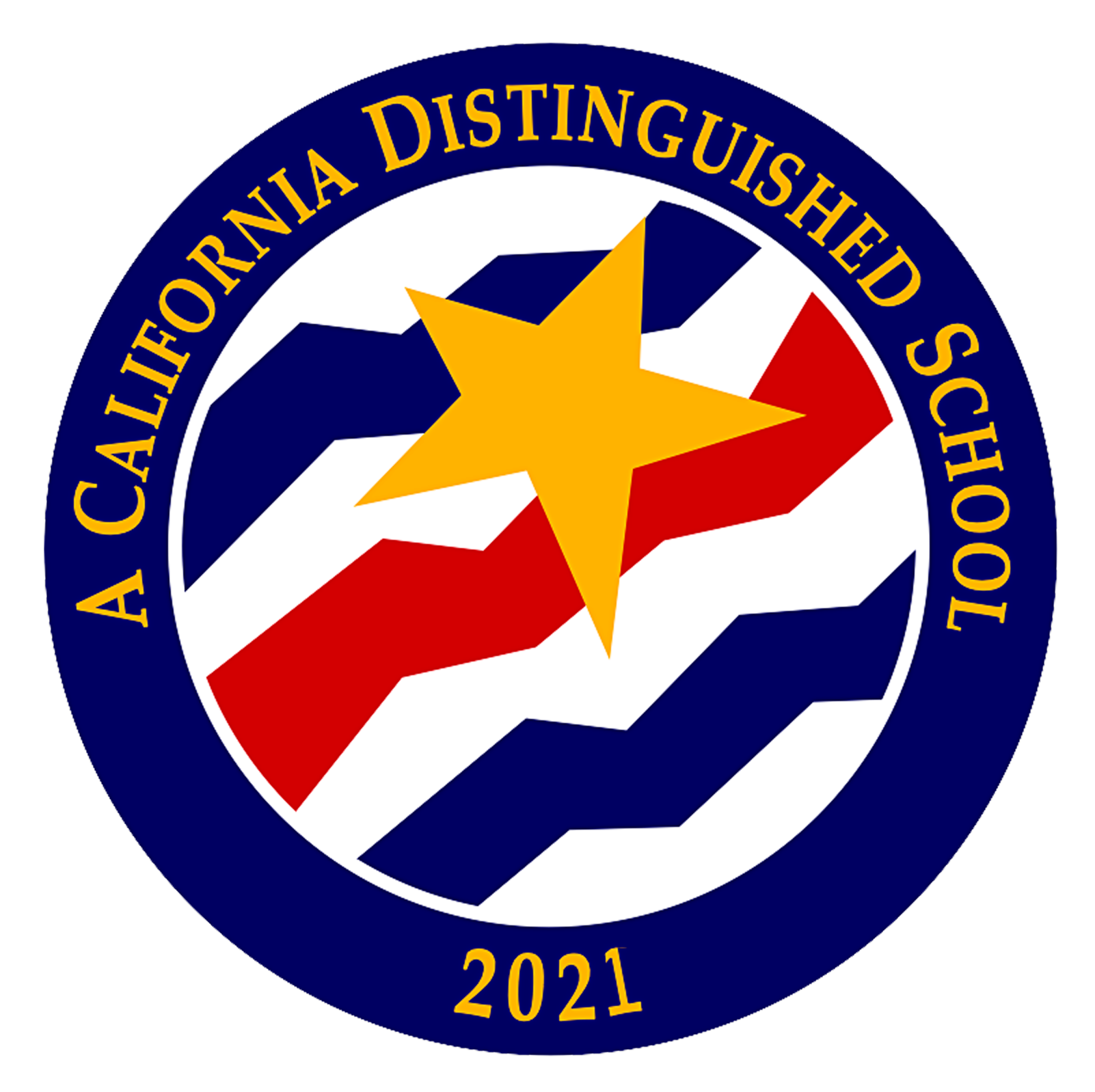World History and Geography--Medieval and Early Modern Times (Period 1)
Course Description
GRADE SEVEN WORLD HISTORY AND GEOGRAPHY--MEDIEVAL AND EARLY MODERN TIMES
Students in grade seven study the social, cultural, and technological changes that occurred in Europe, Africa, and Asia in the years A. D. 500 to 1789. After reviewing the ancient world and the ways in which archaeologists and historians uncover the past, students study the history and geography of great civilizations that were developing concurrently throughout the world during medieval and early modern times. They examine the growing economic interaction among civilizations as well as the exchange of ideas, beliefs, technologies, and commodities. They learn about the resulting growth of Enlightenment philosophy and the new examination of the concepts of reason and authority, the natural rights of human beings and the divine right of kings, experimentalism in science, and the dogma of belief. Finally, students assess the political forces let loose by the Enlightenment, particularly the rise of democratic ideas, and they learn about the continuing influence of these ideas in the world today.
I. Outline of Curriculum
a. Connecting with Past Learnings: Uncovering the Remote Past
b. Connecting with Past Learnings: The Fall of Rome
c. Growth of Islam
d. African States in the Middle Ages and Early Modern Times
e. Civilizations of the Americas
f. China
g. Japan
h. Medieval Societies: Europe and Japan
i. Europe during the Renaissance, the Reformation, and the Scientific Revolution
j. Early Modern Europe: The Age of Exploration to the Enlightenment
k. Linking Past to Present--through current events and study of political and physical
geography
II. Skills Emphasized
a. Geography (physical and political)
b. Interpretation of maps and graphs
c. Current events--the newspaper as a tool of the social sciences
d. Analyzing and evaluating reading materials
e. Note taking, outlining, essay writing
f. Comparing and evaluating cultures
g. Research skills (using library references)
h. Use of primary sources
i. Working in both groups and individually
j. Debating and speaking skills
k. Interpreting history through student developed poems, plays and performances
I. Comparing and evaluating artistic styles
The year is broken into 3 "Sections":
Section 1
Standard 7.1 The Roman Empire
Standard 7.2 Islam
Standard 7.4 African Trading Kingdoms
Standard 7.7 Mesoamerican/Andean Civilizations
December 17 Periodic Assessment #1
Section 2
Standard 7.3 Medieval China
Standard 7.5 Feudal Japan
Standard 7.6 Medieval Europe
March 25 Periodic Assessment #2
Section 3
Standard 7.8 Renaissance
Standard 7.9 Protestant Reformation
Standard 7.10 Scientific Revolution
Standard 7.11 Age of Exploration, Enlightenment
Upcoming Assignments See all
Could not find any upcoming assignments due.



